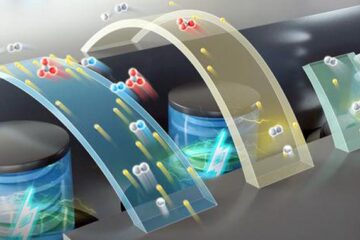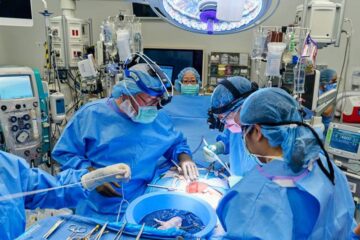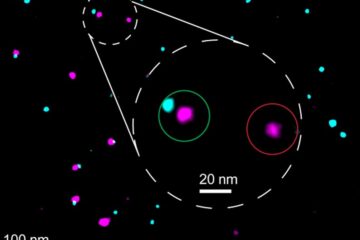Why are some cells more cancer prone?

Learning about the nature of tissue stem cells can help scientists understand exactly how our organs are built, and why some organs generate cancer frequently, but others only rarely.
New work from Carnegie's Alexis Marianes and Allan Spradling used some of the most experimentally accessible tissue stem cells, the adult stem cells in the midsection of the fruit fly gut, with surprising results. Their findings are published by eLife.
Like the small intestine in mammals, the midgut of fruit flies is where most digestion takes place. Scientists had noticed a few regions in both the midgut and small intestine were specialized for certain tasks, such as absorbing iron, but had little understanding of the extent of these regional differences or how they were maintained.
Marianes and Spradling were able to demonstrate that there are 10 different major subregions within the fruit fly midgut. They occur in a specific order and each is responsible for different digestive and nutrient-storage processes, as evidenced by the expression of many specific genes. Most importantly, the adult stem cells in each region are specialized as well, and only support the types of cells found within it. Thus, during development, achieving the right spatial sequence of stem cells is probably critical to causing intestines to be built and maintained in order to function optimally.
The researchers also showed that tumors arise preferentially in specific regions of the midgut, a phenomenon well known in oncology. They showed the tumor-prone regions were specialized for lipid absorption, and stem cell function in them differed in small ways from stem cell function in other regions.
This work will motivate the search for fine-grained specialization in both tissue organization and in stem cells within many mammalian tissues. These subtle differences may explain the surprising results that are sometimes obtained following the removal or transplantation of human tissue. This must be considered carefully in ongoing attempts to utilize stem cells therapeutically.
Finally, it may be possible to learn what makes some stem cells more susceptible to cancer than others, and develop strategies to counteract this tendency.
This work was funded by the Howard Hughes Medical Institue.
The Carnegie Institution for Science is a private, nonprofit organization headquartered in Washington, D.C., with six research departments throughout the U.S. Since its founding in 1902, the Carnegie Institution has been a pioneering force in basic scientific research. Carnegie scientists are leaders in plant biology, developmental biology, astronomy, materials science, global ecology, and Earth and planetary science.
Media Contact
More Information:
http://www.ciwemb.eduAll latest news from the category: Life Sciences and Chemistry
Articles and reports from the Life Sciences and chemistry area deal with applied and basic research into modern biology, chemistry and human medicine.
Valuable information can be found on a range of life sciences fields including bacteriology, biochemistry, bionics, bioinformatics, biophysics, biotechnology, genetics, geobotany, human biology, marine biology, microbiology, molecular biology, cellular biology, zoology, bioinorganic chemistry, microchemistry and environmental chemistry.
Newest articles

High-energy-density aqueous battery based on halogen multi-electron transfer
Traditional non-aqueous lithium-ion batteries have a high energy density, but their safety is compromised due to the flammable organic electrolytes they utilize. Aqueous batteries use water as the solvent for…

First-ever combined heart pump and pig kidney transplant
…gives new hope to patient with terminal illness. Surgeons at NYU Langone Health performed the first-ever combined mechanical heart pump and gene-edited pig kidney transplant surgery in a 54-year-old woman…

Biophysics: Testing how well biomarkers work
LMU researchers have developed a method to determine how reliably target proteins can be labeled using super-resolution fluorescence microscopy. Modern microscopy techniques make it possible to examine the inner workings…





















